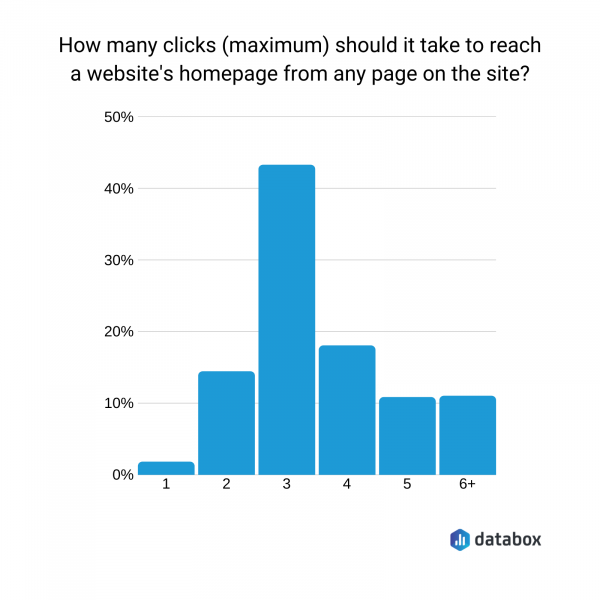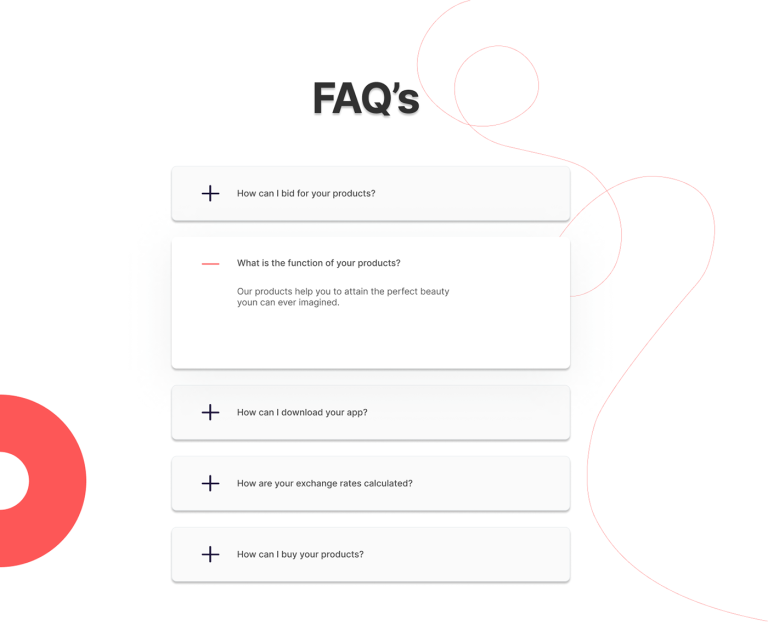
In the ever-evolving world of digital content, the way we communicate with our audience has never been more critical. Whether you’re a seasoned blogger or just starting out, understanding how to craft content that resonates is essential. The right language, tone, and inclusive writing can transform your blog from a simple information source into a powerful tool for engagement, trust-building, and conversion.
This article will guide you through the fundamentals of language, tone, and inclusive writing, helping you create content that not only informs but also connects with your readers on a deeper level.
What Is Language, Tone, and Inclusive Writing and Why It Matters
Language refers to the words and phrases used in communication. It’s the foundation of all written content, shaping how ideas are expressed and interpreted. Tone, on the other hand, is the emotional or attitudinal quality conveyed through language. It determines whether your message feels formal, casual, empathetic, or authoritative. Inclusive writing ensures that your content is accessible and respectful to all readers, regardless of their background, identity, or experience.
Together, these elements form the backbone of effective blog content. A well-crafted blog post doesn’t just deliver information—it builds relationships, establishes authority, and drives action. As search engines increasingly prioritize user experience and relevance, mastering these elements becomes even more crucial.
How Language, Tone, and Inclusive Writing Impact SEO Performance
While language, tone, and inclusive writing may not directly affect search engine rankings, they play a significant role in overall SEO performance. Here’s how:
- Engagement Metrics: A clear and engaging tone keeps readers on your page longer, reducing bounce rates and increasing dwell time—both of which are positive signals for search engines.
- User Experience: Inclusive writing ensures that your content is accessible to a broader audience, improving user satisfaction and encouraging shares, comments, and backlinks.
- Brand Authority: Consistent and appropriate language and tone build trust and credibility, making your brand a go-to resource in your niche.
- Content Relevance: By aligning your language and tone with your audience’s expectations, you increase the likelihood that your content will be seen as valuable and relevant.
In short, while these elements aren’t direct ranking factors, they significantly influence how your content performs in the long run.
Step-by-Step Implementation Framework
-
Define Your Audience and Goals
Start by identifying who your readers are and what you want them to do after reading your content. Are you trying to inform, entertain, or persuade? Understanding your audience helps you choose the right language, tone, and inclusive approach. -
Choose the Right Tone
Based on your audience and goals, select a tone that resonates. For example: - Authoritative: Ideal for professional or technical blogs.
- Conversational: Great for lifestyle or personal development content.
-
Empathetic: Best for health, mental wellness, or support-focused topics.
-
Use Inclusive Language
Avoid assumptions about your readers’ identities, backgrounds, or experiences. Use gender-neutral pronouns, avoid stereotypes, and ensure your content is accessible to all. -
Maintain Consistency
Develop brand voice guidelines to ensure your tone remains consistent across all content. This helps build recognition and trust. -
Test and Refine
Use A/B testing to see how different tones and language choices perform. Gather feedback from readers and refine your approach over time.
Real or Hypothetical Case Study
Consider a hypothetical case where a tech startup launches a new app aimed at remote workers. Their initial blog posts used a highly technical tone, filled with jargon and complex explanations. Despite the valuable content, engagement was low, and bounce rates were high.
After analyzing their audience, the team decided to shift to a more conversational and relatable tone. They simplified their language, added storytelling elements, and made their content more inclusive by addressing common pain points faced by remote workers.
The result? Engagement increased by 40%, and the blog saw a 25% rise in newsletter sign-ups. This case study highlights how adjusting tone and language can dramatically improve content performance.
Tools and Techniques for Language, Tone, and Inclusive Writing
- Grammarly – Helps catch grammar errors and offers suggestions for clarity and tone.
- Hemingway Editor – Highlights complex sentences and suggests simpler alternatives.
- ProWritingAid – Provides insights into tone, readability, and inclusivity.
- Tone Analyzer (IBM Watson) – Analyzes text to determine the emotional tone and provides feedback.
- Canva – Offers templates and design tools to make your content visually inclusive and engaging.
These tools can help you refine your language, maintain a consistent tone, and ensure your content is accessible to all readers.
Future Trends and AI Implications
As AI continues to shape the content creation landscape, the importance of language, tone, and inclusive writing will only grow. AI tools like BloggrAI can help automate tone adjustments, ensuring consistency across content. However, human oversight remains crucial to maintain authenticity and emotional resonance.
Looking ahead, we can expect AI to become even better at understanding context, cultural nuances, and reader preferences. This means that writers will need to focus more on crafting content that is not only technically sound but also emotionally intelligent and inclusive.
Key Takeaways
- Understand Your Audience: Tailor your language and tone to match their needs and expectations.
- Be Inclusive: Use language that respects and includes all readers, regardless of their background.
- Maintain Consistency: Develop brand voice guidelines to ensure a cohesive tone across all content.
- Test and Adapt: Continuously refine your approach based on feedback and performance metrics.
- Leverage Tools: Use AI and writing tools to enhance your content while maintaining authenticity.
By mastering language, tone, and inclusive writing, you’ll create content that not only ranks well but also resonates deeply with your audience. As the digital landscape evolves, these skills will remain essential for any writer looking to make an impact.
Meta Title: Mastering Language, Tone, and Inclusive Writing for Effective Blog Content
Meta Description: Learn how to craft engaging, inclusive, and effective blog content by mastering language, tone, and inclusive writing techniques.
SEO Tags (5): language, tone, inclusive writing, blog content, SEO strategies
Internal Link Suggestions: Parameter #12: SEO Content Strategy, Parameter #7: User Experience Optimization, Parameter #9: Brand Voice Development
External Source Suggestions: https://www.copyblogger.com/, https://www.hemingwayapp.com/, https://www.prowritingaid.com/











